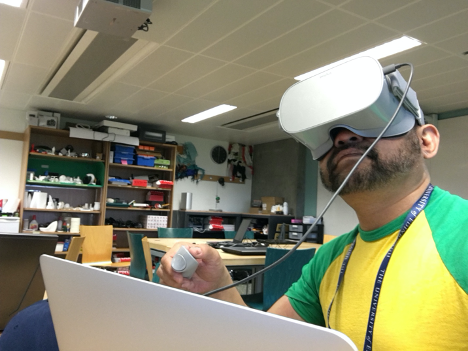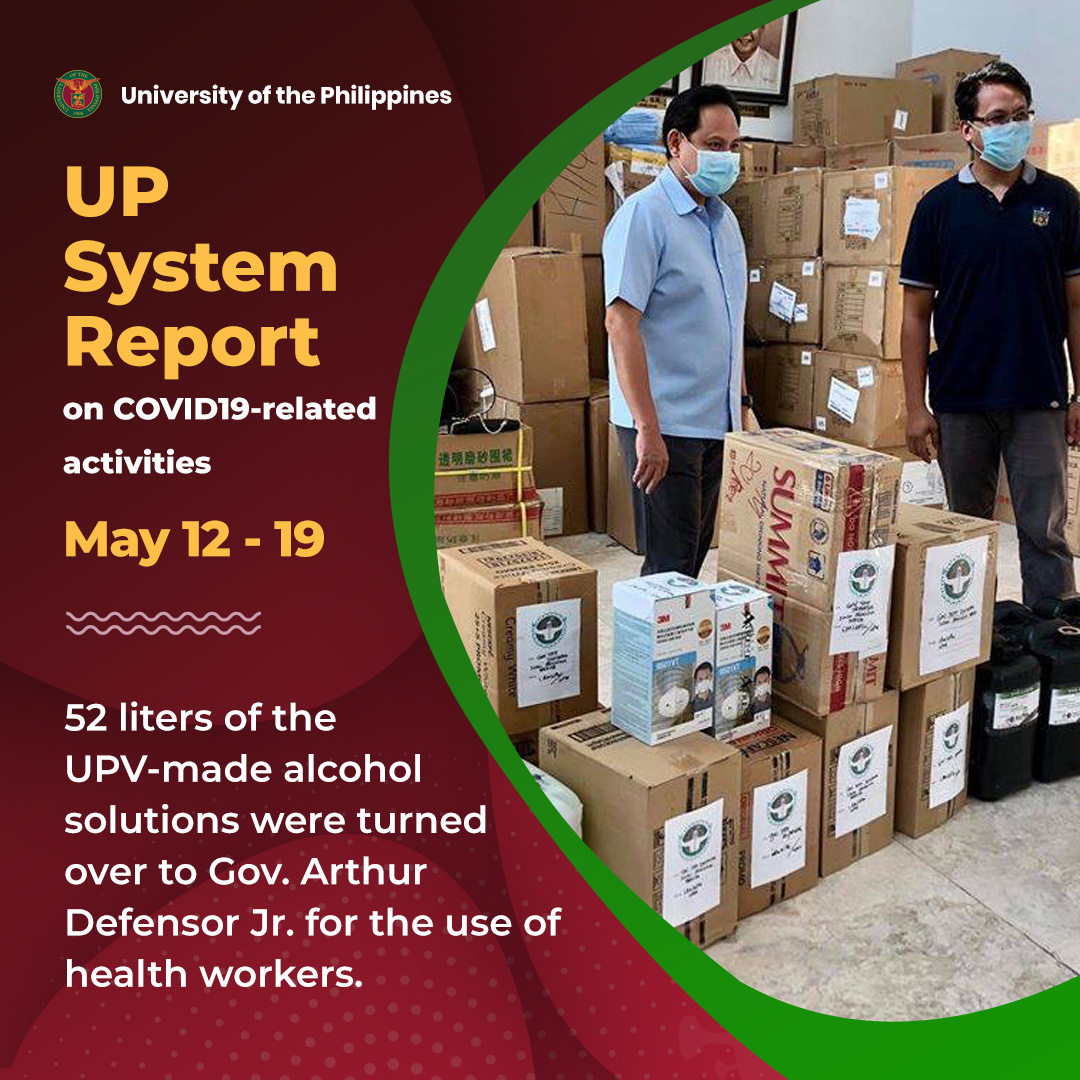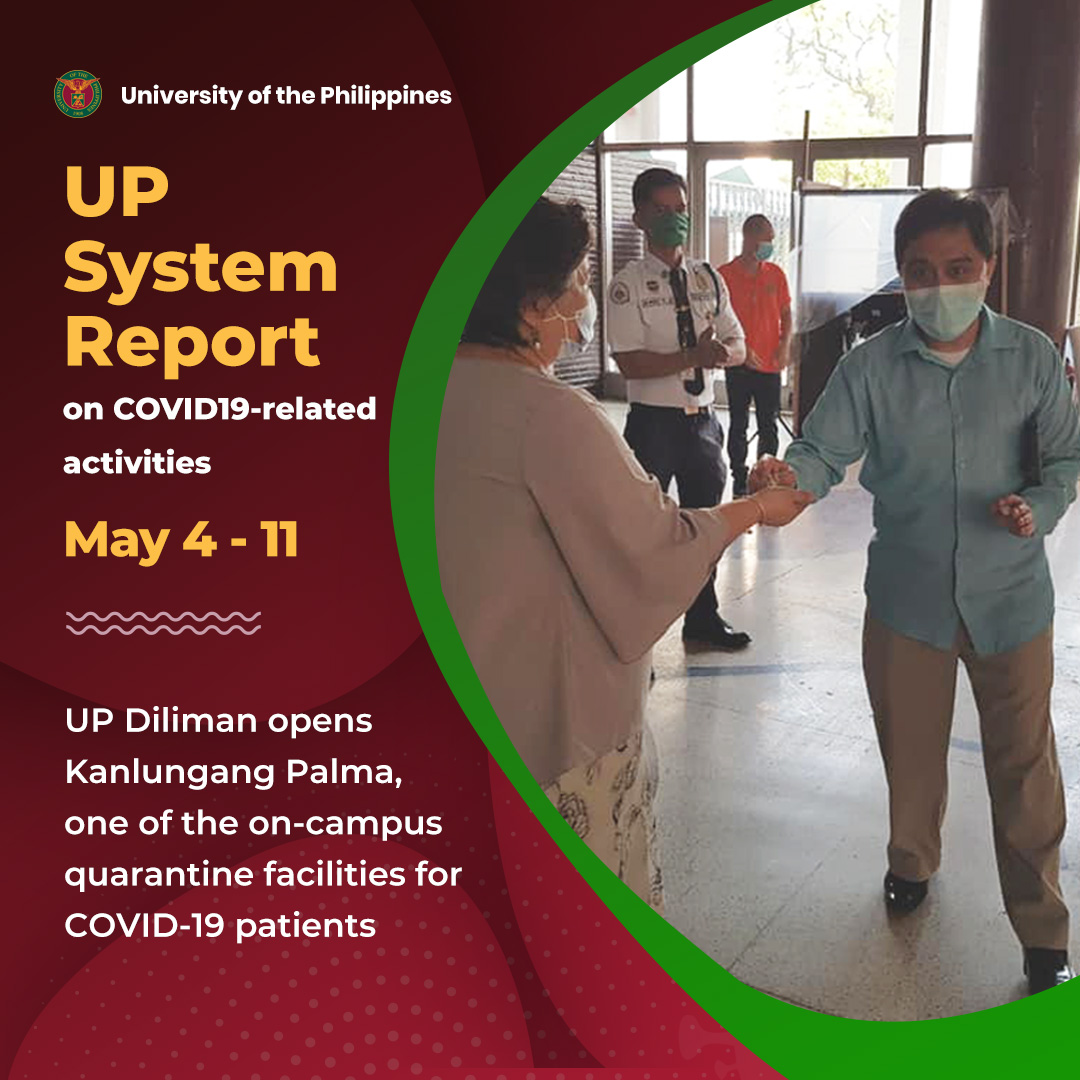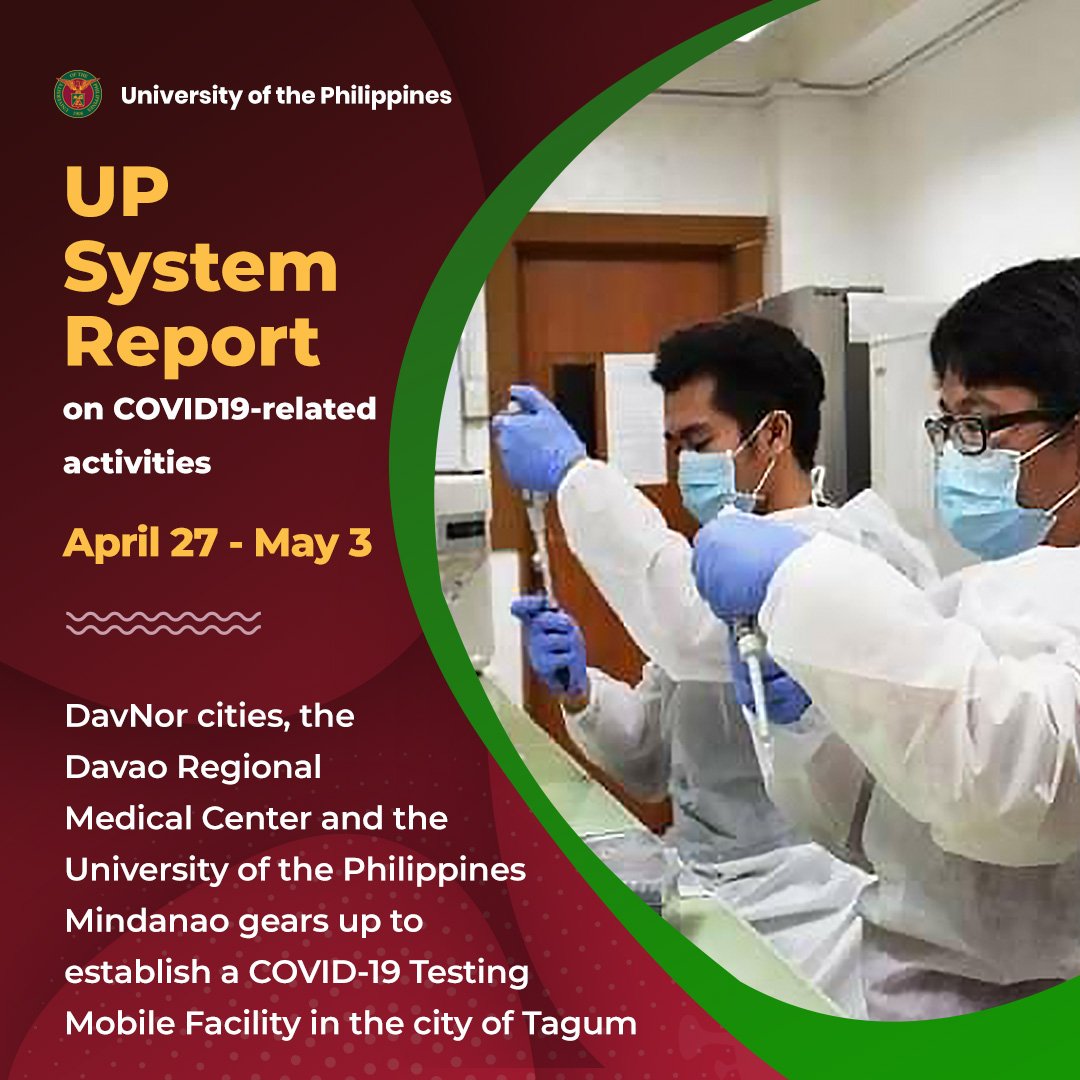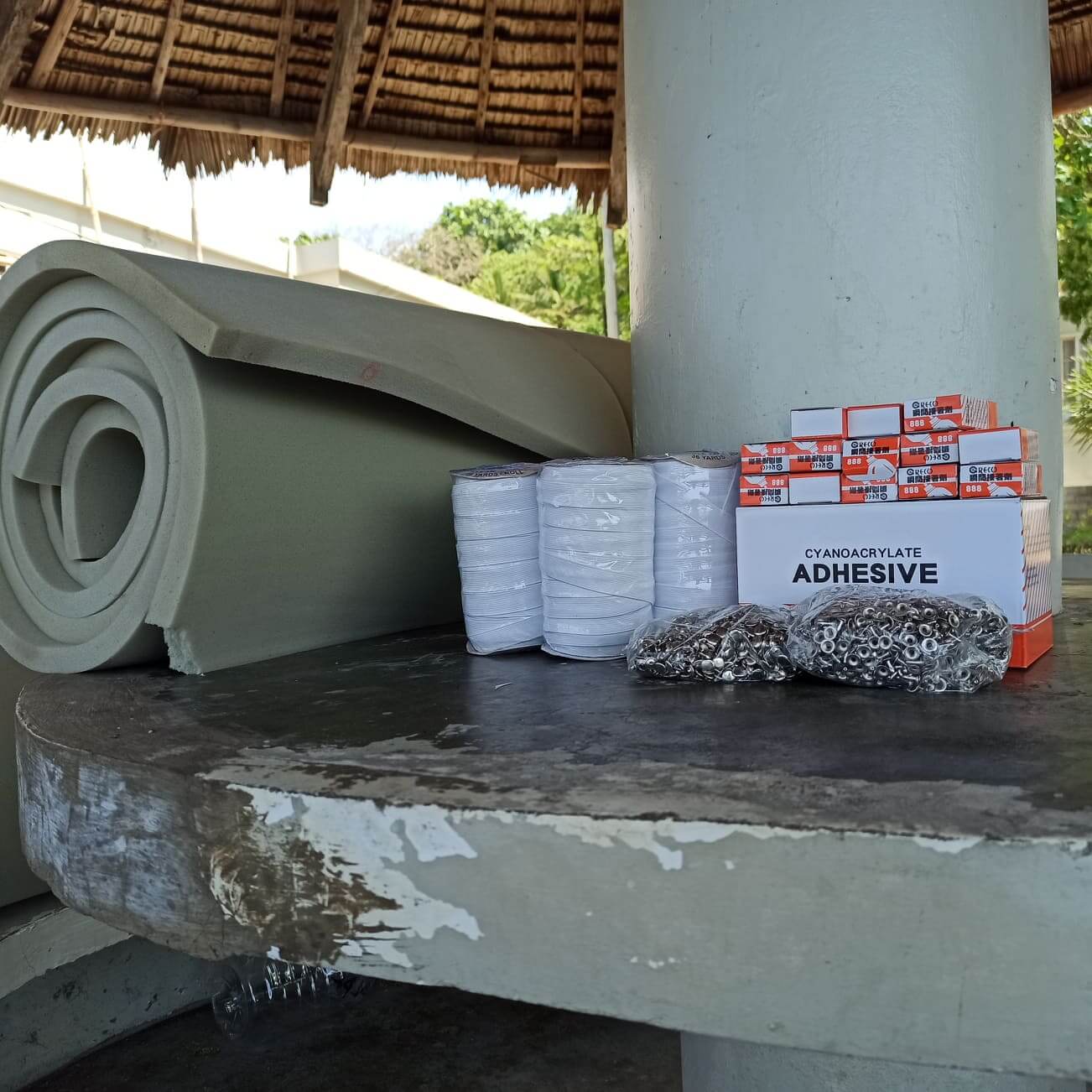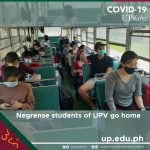Neurological conditions, such as Dementia and Cerebral Palsy, affect the cognitive abilities, motor functions, and performance of activities of daily living of patients. These manifestations may occur throughout the patients’ lifetime, which may render poor quality of life for both the patients and their families.
Author: Padayon UP
This Weekly Bulletin highlights the different COVID-19 responses of the eight UP Constituent Universities and their involvement in various public service initiatives during the pandemic. It features the UP System Report on the CUs’ COVID-19 efforts from May 12 to 19.
This Weekly Bulletin highlights the different COVID-19 responses of the eight UP Constituent Universities and their involvement in various public service initiatives during the pandemic. It features the UP System Report on the CUs’ COVID-19 efforts from May 4 to 11.
This Weekly Bulletin highlights the different COVID-19 responses of the eight UP Constituent Universities and their involvement in various public service initiatives during the pandemic. It features the UP System Report on the CUs’ COVID-19 efforts from April 27 to May 3.
LGBT slang or the Beki language option is now available when you converse with Yani! If you’re looking for COVID-19 statistics, the nearest hospitals, links to therapy and counseling, or information on policies, you can talk to Yani through Facebook messenger: m.me/YaniEndCovBot
Yani, the UP COVID-19 Pandemic Response Team’s chatbot designed to talk to humans and answer questions related to COVID-19, is also in the process of “learning” different Philippine languages to be able to reach and converse with more Filipinos in an open and engaging way.
THE COVID-19 pandemic has the world’s medical minds ardently pursuing a cure for this virus. So far, no clear effective treatment has emerged. Because of this, the World Health Organization (WHO) is embarking on a worldwide Solidarity Trial. This is an international randomized clinical trial with an adaptive design which aims to estimate the effectiveness of four possible therapies in treating COVID-19.
COVID-19 is projected to require a massive inventory of medical supplies. This was the impetus for the UP College of Medicine to spearhead SIBOL (Tagalog for germination), a project which aims to use locally sourced material and technology to produce much needed surgical and medical devices. This is a joint program with UP Diliman and sponsored by Department of Science & Technology-Philippine Council for Health Research & Development (DOSTPCHRD). The S.I.B.O.L. (Surgical Innovation and Biotechnology) Team includes collaborating clinicians from UP Manila and engineers, scientists, and even artists from UP Diliman.
The UP Manila NIH was the first facility to use the GenAmplifyTM, Covid 19 testing kit rRT-PCR developed by Dr. Raul Destura and researchers from the NIH and Philippine Genome Center (PGC). The mass distribution of the kits started on April 20, 2020 according to the Department of Science and Technology which gave P53.2M for the development of this. Its use was approved by the Food and Drug Administration on April 3 after three weeks of field validation that covered 26,000 tests. Other institutions such as the PGC, Bataan General Hospital, Araneta Foundation, Office of the Vice President, and some local governments have availed of the kits, the DOST stated.
Students of UP Visayas may be considered as trail blazers in the creation of the ‘Do It Yourself’ face shields in the country. The initiative started after UPV student Hannah Labrador and her doctor mom introduced the idea to students stranded in the dormitories and boarding houses and supplied them with raw materials. The production started during the third week of March 2020.
Twenty-three UP Visayas (UPV) students from Negros Occidental who were stranded in Miagao and Iloilo City due to the enhanced community quarantine (ECQ) have gone home.
The UPV Office of the Vice Chancellor for Administration facilitated the May 5 travel of the students in coordination with the Office of Civil Defense Office of the Governor, Negros Occidental; and the Office of the Mayor, Bacolod City.
The undertaking followed two memoranda from UPV Chancellor Ricardo Babaran. Memorandum No. RPB 2020-04-052 issued on April 26 advised students to start making preparations for going back to their hometowns. Memorandum No. RPB 2020-05-055 issued on May 3 provided more details on what the students needed to do.

